Every year, our canoeing instructor uses canoeing terminology that some of us have never heard of. Wonder what “river left” or “back ferry” means? Check out “Announcements & News! (Membership Content) menu tab: CANOE TERMINOLOGY
Here you will find a collection of canoeing terms that have been collected over the last couple of years and that we may have all heard at one point or another during our canoe training and outings.
This will be a living list, so if you see something that is missing, incorrect or can add a term, please use the comments section below to provide your input.
QUIZ (answers below)
What are “painters”? a) people who paint your house b) mesh that is woven for canoe seats c) rope attached to the bow and stern of canoes
What is a “lilydipper”? a) a slow moving paddler b) the bottom portion of a paddle c) throw bag
What is a “lead boat”? a) a boat filled with lead b) the first boat down the river c) the boat that tips first
ENJOY THE REST OF THE CANOE SEASON…THERE ARE SOME GREAT OUTINGS PLANNED. YOU CAN CHECK out THE SCHEDULE HERE!
 Quiz answers:
Quiz answers:
c) Painters – Line attached to the bow and stern of canoes, used for tying the boat ashore or lining the boat down through rapids. These should not be stored loose and should have no knots that can catch and hang up the canoe. Painters are also useful to grab hold of after a capsize, aiding in boat rescue and recovery, so that you can go paddling again next week.
a) Lilydipper – A dawdling, slow moving paddler. Also the moniker of a dawdling, slow moving Adirondack paddler of some repute.
b) Lead Boat – The first boat down the river in a trip. Hopefully this is someone who knows the river.

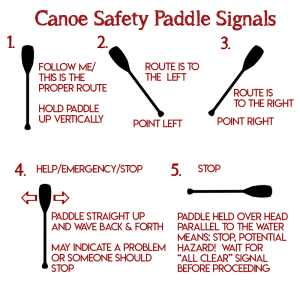
 Be safe and have fun! Check out these posts before going out on the water:
Be safe and have fun! Check out these posts before going out on the water: With both our river training sessions and canoe excursions (
With both our river training sessions and canoe excursions ( When we go on any of our canoe excursions, whether they are for training or fun, someone always forgets something. Here is a checklist that should help you remember what to bring:
When we go on any of our canoe excursions, whether they are for training or fun, someone always forgets something. Here is a checklist that should help you remember what to bring:

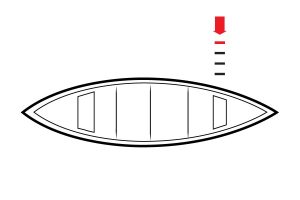
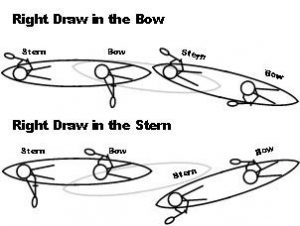
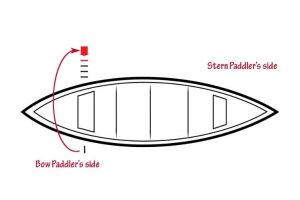

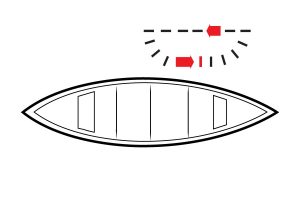
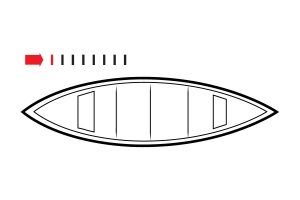
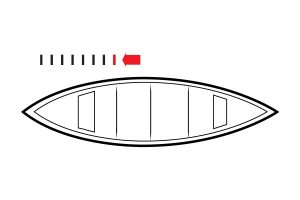
 In keeping with providing resources to our OSSCC members to prepare you for the upcoming canoe season, here is a short film from the late canoe guru Bill Mason and his son Paul where they demonstrate the basic doubles paddling strokes and how to apply them in various combinations. It is interesting to see how the strokes are applied in faster moving water as well as still water, however, the emphasis is always on working as a well-coordinated team. Although the film, is circa 1977 from the National Film Board of Canada, the information provided is still pertinent. Enjoy!
In keeping with providing resources to our OSSCC members to prepare you for the upcoming canoe season, here is a short film from the late canoe guru Bill Mason and his son Paul where they demonstrate the basic doubles paddling strokes and how to apply them in various combinations. It is interesting to see how the strokes are applied in faster moving water as well as still water, however, the emphasis is always on working as a well-coordinated team. Although the film, is circa 1977 from the National Film Board of Canada, the information provided is still pertinent. Enjoy!